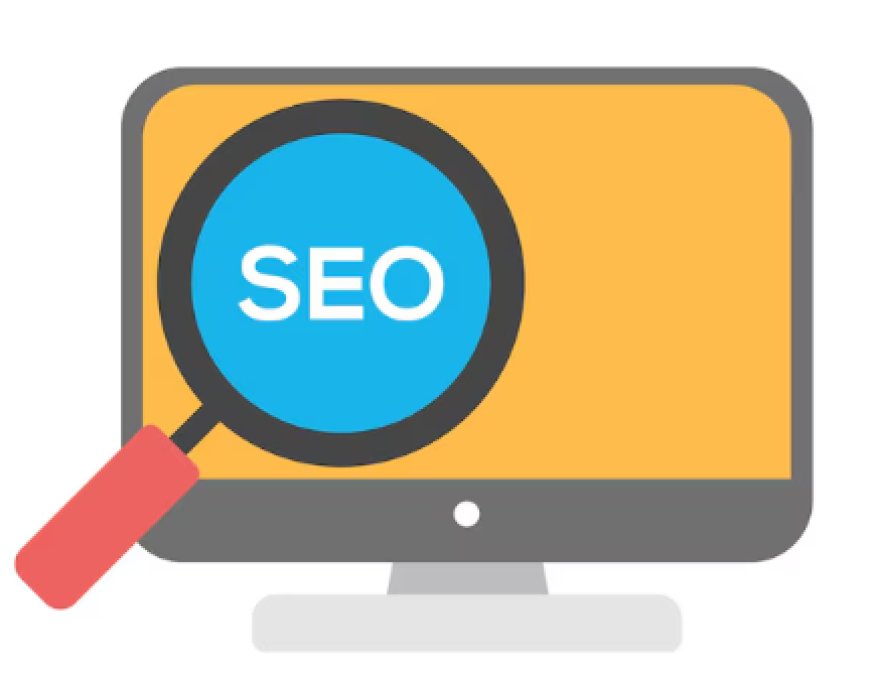Drive New Dental Appointments with Effective SEO and Online Marketing Plans

In today's digital-first world, having a website for your dental practice is no longer optional — it’s a necessity. But simply having a site isn't enough. If your goal is to fill your calendar with new appointments consistently, you need a strong presence on search engines, local listings, and social platforms. That’s where strategic SEO and online marketing plans come into play.
This blog will guide you through practical, effective steps to drive more dental appointments through digital marketing — even if you're just getting started.
Why SEO Matters for Dentists
Search Engine Optimization (SEO) is the backbone of digital visibility. When a potential patient searches for a "dentist near me" or "teeth whitening clinic," your practice should appear on the first page of search results. Studies show that over 75% of users never scroll past the first page. If you’re not ranking high, you’re losing patients to competitors.
SEO helps:
- Increase visibility in local search results
- Drive organic traffic to your website
- Build trust and authority with patients
- Improve conversion rates through targeted content
Step-by-Step SEO Strategy for Your Dental Practice
Let’s break down a practical, step-by-step plan that any dental clinic can follow.
Optimize for Local Search (Local SEO)
Most people search for services within their area. That means you must be visible in Google Maps and local search packs.
Start with:
Google Business Profile: Claim and fully optimize your listing. Include business hours, images, services, and accurate location info.
NAP Consistency: Ensure your Name, Address, and Phone number are consistent across all online directories.
Local Keywords: Use keywords like “cosmetic dentist in [City]” or “emergency dentist near [Neighborhood]” in your website content.
On-Page SEO Best Practices
On-page SEO involves optimizing the content and structure of your website.
Here’s how:
Title Tags and Meta Descriptions: Make each page's meta data compelling and keyword-rich.
Header Tags (H1, H2, H3): Structure your content for readability and SEO.
Alt Text for Images: Helps search engines understand your images and boosts accessibility.
Page Speed Optimization: Compress images, use caching, and choose reliable hosting.
Content That Converts
Your content should not only attract visitors — it should convert them into appointments.
Include:
- Service Pages: Create a separate page for each service (e.g., teeth cleaning, root canal, Invisalign).
- Blog Posts: Answer common patient questions like “Is Invisalign better than braces?” or “What foods to avoid after teeth whitening?”
- Testimonials and Reviews: These add credibility and improve conversions.
If you want to learn how well your existing content performs, check this: Use tools like Google Analytics and SEMrush to analyze traffic and keyword performance.
Effective Online Marketing Plans Beyond SEO
SEO is crucial, but to maximize new patient appointments, you need a well-rounded online marketing strategy.
Pay-Per-Click (PPC) Advertising
PPC ads on Google or Facebook let you reach potential patients immediately. You can target by location, age, interests, or even intent (like someone searching for “dental implants cost”).
Best practices:
- Start with a modest daily budget and monitor your return on ad spend.
- Use compelling ad copy like “Book a Free Dental Consultation Today.”
- Always have a dedicated landing page with a clear call-to-action (CTA).
Social Media Marketing
A well-managed Facebook and Instagram presence can make your practice feel approachable and trustworthy.
Post regularly about:
- Behind-the-scenes clinic moments
- Patient testimonials (with permission)
- Before-and-after treatment results
- Dental tips and myth-busting
Run occasional contests, promotions, or live Q&A sessions to engage your followers and spread word-of-mouth.
Email Marketing for Patient Retention
Don’t underestimate the power of retaining existing patients. It's often cheaper and more effective than acquiring new ones.
Send:
- Appointment reminders
- Birthday greetings with discounts
- Post-treatment care tips
- Seasonal promotions (e.g., “Back-to-School Dental Checkups”)
Use tools like Mailchimp or Constant Contact for automation and personalization.
Tracking Performance: Key Metrics to Monitor
To know what’s working (and what’s not), track your key performance indicators (KPIs):
- Website traffic and bounce rate
- Ranking position for target keywords
- Click-through rate (CTR) from ads and emails
- Appointment form submissions and phone calls
- ROI on paid campaigns
Use tools like Google Analytics, Search Console, and call tracking software to collect data and refine your strategy monthly.
Real-World Tips to Make It All Work
- Mobile-First Design: Most users search on mobile. Make sure your site loads fast and looks great on smartphones.
- Live Chat Feature: Adding live chat helps convert hesitant visitors into booked appointments.
- Patient-Friendly CTAs: Use phrases like “Book Your Smile Consultation Today” instead of generic buttons like “Submit.”
- Online Booking System: Let patients schedule appointments without calling. It’s convenient and increases conversion.
Bonus: Partner with a Dental Marketing Expert
SEO and digital marketing can be time-consuming and complex. A specialized agency can help you manage it efficiently and professionally.
If you're ready to scale up and bring in more patients, don’t hesitate to contact us today for a tailored strategy session.
Conclusion
Getting new dental appointments isn’t about luck — it’s about smart, intentional marketing. With effective SEO and digital strategies, your practice can grow predictably, competitively, and sustainably. Whether you're a solo practitioner or managing a large clinic, these tactics will help you rise above the noise and fill your calendar with high-value patients.
Start small, track your efforts, and optimize as you grow. Digital dominance in the dental world is within your reach — one click, one keyword, one appointment at a time.
















































































































































